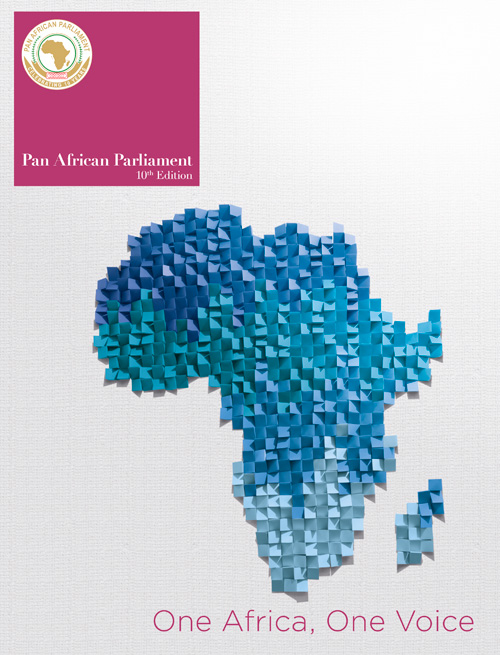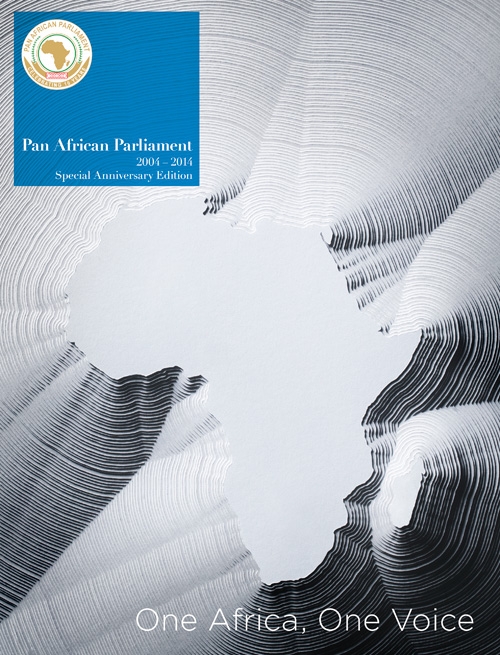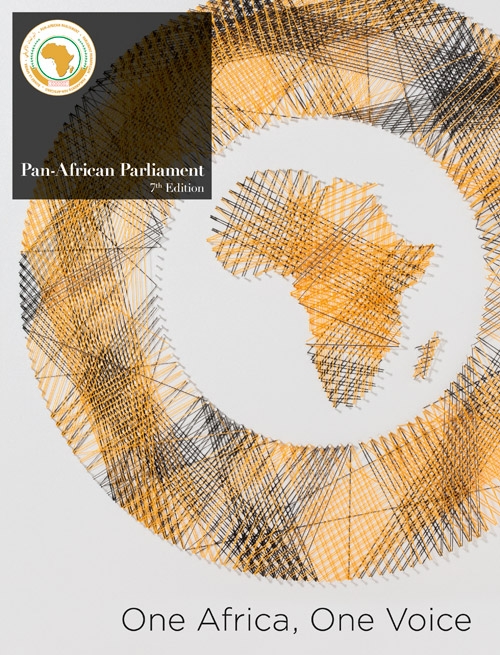
In 2001, the New Partnership for Africa’s Development (Nepad) was set up as the planning and co-ordinating technical body of the AU. In 2003, the African Peer Review Mechanism (APRM) was inaugurated as the centrepiece of Nepad’s good governance initiative and, at the time of this report, it had 34 members representing, 76% of the African population.
The APRM was created as a voluntary, self-monitoring tool for AU Member States. At its core was the intent that reviews should be technically competent, credible and free from political manipulation, and that all national stakeholders should participate (including Parliament, the media and private sector).
Who leads the APRM?
At a continental level, overall responsibility of the APRM is granted to the Committee of Participating Heads of State and Government of the Member States of the AU (the APRM Forum).
Below the Forum is a Committee of Focal Points of all APRM countries, responsible for finance and administration matters. The Panel of Eminent Persons (APRM Panel), appointed by the Heads of States, oversees the conduct of the APRM process and ensures its integrity. Lastly, the APR Secretariat provides the secretarial, technical, co-ordinating and administrative support services.
The APRM process for each country
- Stage 1: Establishment of the national APRM structures; distributing the APR Secretariat’s questionnaire; writing the country’s self-assessment and preliminary National Programmes of Action (NPoA) and their submissions to the APR Secretariat. Once this is complete, the Secretariat prepares a background paper on the country for comparison with the self-assessment. Then the Advance Mission is undertaken, followed by a Support Mission during which the Memorandum of Understanding is signed.
- Stage 2: The Country-Review Team visits the country to consult with stakeholders.
- Stage 3: The Country-Review Team drafts a Country Review Report (CRR).
- Stage 4: Submission of the CRR to the APRM Forum.
- Stage 5: The CRR is made public.
- Stage 6: Periodic reporting on the NPoA.
The African Peer Review Mechanism was inaugurated as the centrepiece of Nepad’s good governance initiative
Challenges for the APRM
The current obstacles facing the APRM include organising national structures (such as designating a focal point) and establishing a National Governing Council; funding and securing resources; designing an effective monitoring and evaluation mechanism for APRM member countries; involving all stakeholders and complying with the time frame of the review exercise.
Working towards efficacy
One of the workshop’s presenters, Steven Gruzd from the South African Institute of International Affairs (SAIIA), stated that Parliaments had not yet fulfilled their expected roles in the APRM. To date, the role had been largely ceremonial with low influence. To change this, Gruzd suggested that MPs play a more active role in the APRM by being informed, being open to approaches from the public and CSOs, seeking practical remedies, budgeting for peer-review exercises in advance, encouraging political parties to take the APRM seriously, and sharing experiences.
Challenges for the NPoA
The NPoA is intended to provide positive reinforcement where applicable, and address weaknesses and shortcomings in governance and development. However, according to Yarik Turianskyi from SAIIA, most of the 17 already reviewed APRM states have not implemented their NPoA.
Turianskyi says this is because unlike the APRM review itself, there is no standard reporting for NPoA review, and while the APRM is a countrywide process, NPoA implementation is a Government process. Confusion arises because there is no monitoring of NPoA implementation and civil society doesn’t have the funds to participate. Often, the NPoA is also an unrealistic wish list rather than a priority list, created without consultation with relevant budget structures. This means it is not funded and competes with other initiatives.
To overcome this, Turianskyi recommended the prioritisation of NPoA implementation by mainstreaming it or using it as a central planning instrument. Realistic budgets, reporting and involvement of non-governmental stakeholders both in the creation of NPoA would all play a key role in the NPoA’s success.
The NPoA is intended to provide positive reinforcement, and address weaknesses and shortcomings in governance
Best practice case study
South Africa’s APRM was used as a good example. Key to its success was its inclusiveness and robustness. While the Government led the APRM, a range of civil society was also included and different mechanisms were used so that citizens could contribute. The key goal here was consensus and buy-in to the NPoA.
Consultations were held throughout the process at community and local levels, and accredited research partners made submissions in their areas of expertise. Independent research institutes were contracted to compile the self-assessment report. Another key element of the APRM success was the very active role that the South African Parliament played in the review process and its monitoring of the NPoA implementation. This meant it played an oversight role at all stages of the monitoring process.
Next steps
To drive APRM-related activities at the PAP, the creation of the PAP APRM Network (PAN) was proposed. Network members would comprise members from both committees who are from APRM signatory states. The aim of the PAN would include championing good governance in Africa, creating forums for APRM discussions and debates at the PAP, and joining APRM country-review missions.
In order to achieve this, a variety of milestones were proposed. These would start with the establishment of the PAN by the end of 2014. Once this was done, the PAN would strive to:
- Discuss, debate and report on at least two APRM CRRs and/or Implementation Reports in 2015.
- Join at least one APRM country-review mission.
- Organise a study tour to a successful ARPM country during 2015.
- Distribute appropriate research and training materials to PAN members.
- Receive at least one briefing on the status of the APRM on the continent from the APR Secretariat.
Image: Gallo/GettyImages/Pascal Pavani







